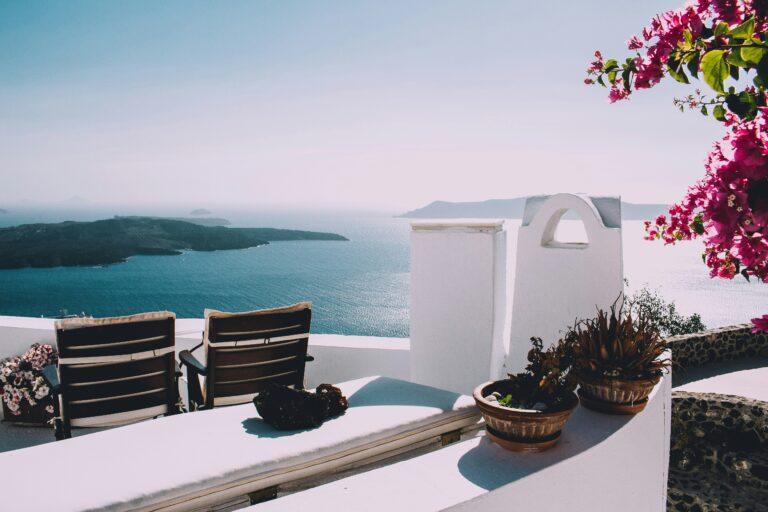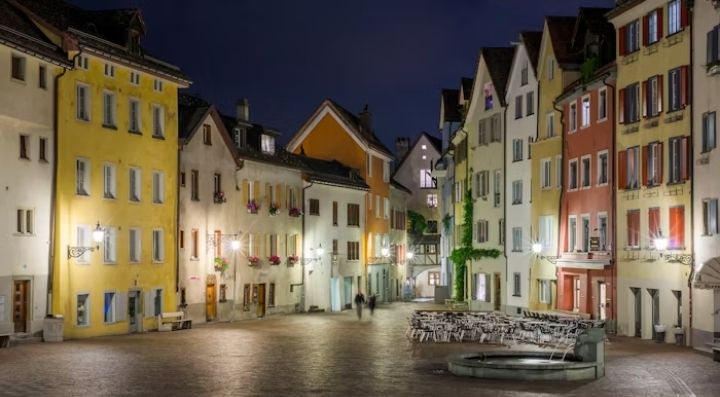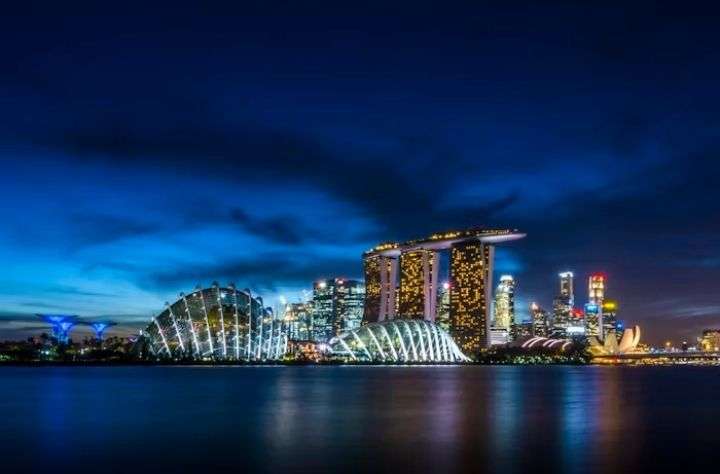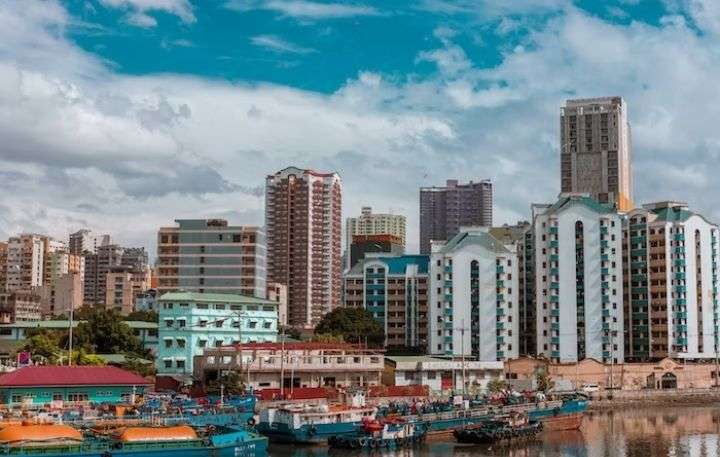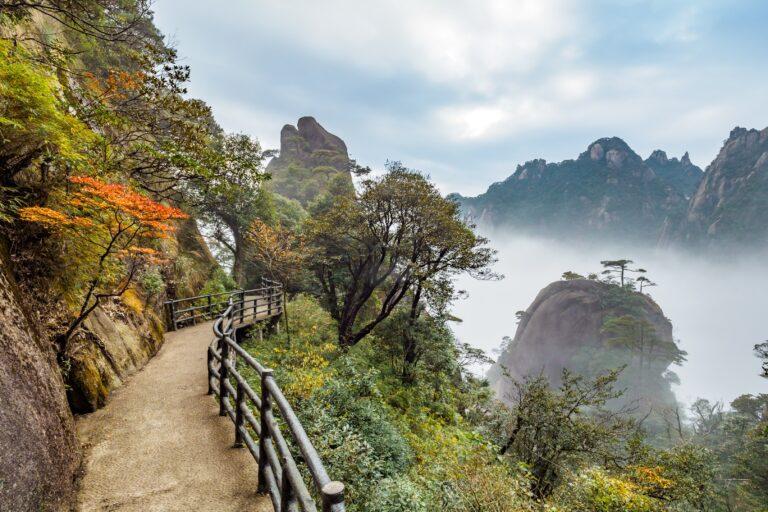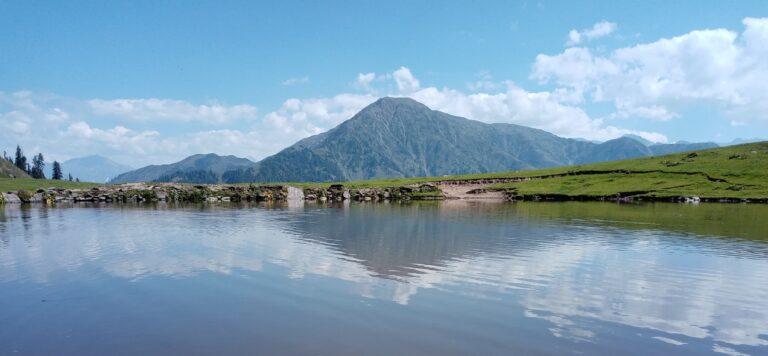Italy, a country that effortlessly blends rich history, stunning art, delectable cuisine, and breathtaking landscapes, is a dream destination for travelers. From the iconic Colosseum in Rome to the romantic canals of Venice, each city offers a unique and enchanting experience. In this article, we’ll explore some of best cities to visit in Italy each with its own distinctive charm.
Contents
- 1 Rome – The Eternal City:
- 2 Florence – The Cradle of the Renaissance:
- 3 Venice – The City of Canals:
- 4 Milan – Fashion and Culture Hub:
- 5 Naples – Gateway to Southern Italy:
- 6 Bologna – Gastronomic Delight:
- 7 Verona – City of Romance:
- 8 Turin – Royal Elegance:
- 9 Siena – Timeless Beauty:
- 10 Palermo – Sicilian Splendor:
- 11 Genoa – Maritime Marvel:
- 12 Perugia – Cultural Gem of Umbria:
- 13 Lucca – Tuscany’s Hidden Gem:
- 14 Ravenna – Mosaic Masterpiece:
- 15 Bari – Gateway to the Adriatic:
- 16 Parma – Culinary Capital:
- 17 Arezzo – Artistic Enclave:
- 18 Cagliari – Sardinian Charm:
Rome – The Eternal City:
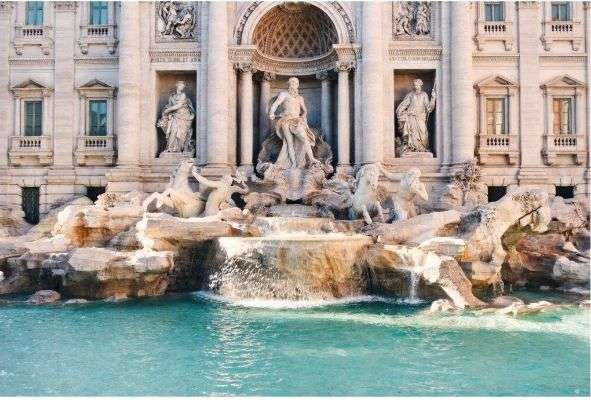
Rome, the capital of Italy, is a treasure trove of history and culture. Home to ancient ruins, Renaissance masterpieces, and vibrant street life, the city exudes an irresistible charm. Highlights include the Colosseum, Roman Forum, and the Pantheon. Take advantage of the Vatican City, where St. Peter’s Basilica
Florence – The Cradle of the Renaissance:
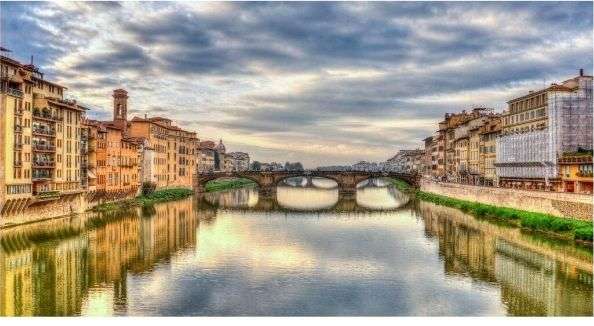
Florence, nestled in the heart of Tuscany, is a city that celebrates art and architecture. The Uffizi Gallery and Galleria dell’Accademia house masterpieces by Botticelli, Leonardo da Vinci, and Michelangelo, including the iconic David sculpture. Stroll across the Ponte Vecchio, explore the Piazza della Signoria, and immerse yourself in the birthplace of the Renaissance.
Venice – The City of Canals:
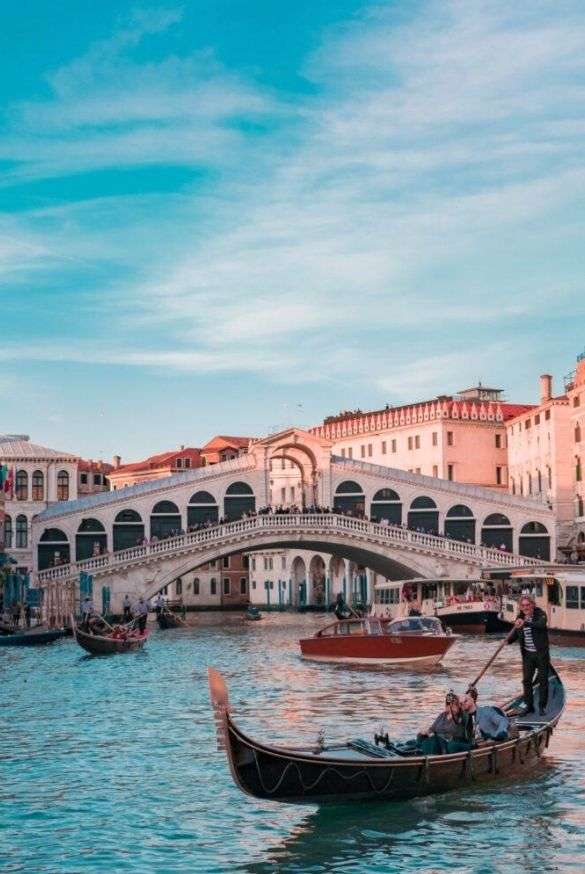
Venice, a unique aquatic city, is renowned for its romantic ambiance and intricate canal system. Enjoy a gondola ride along the Grand Canal, marvel at the architecture of St. Mark’s Basilica, and get lost in the narrow winding streets. Venice is a place where history meets fantasy, creating an unforgettable experience.
Milan – Fashion and Culture Hub:
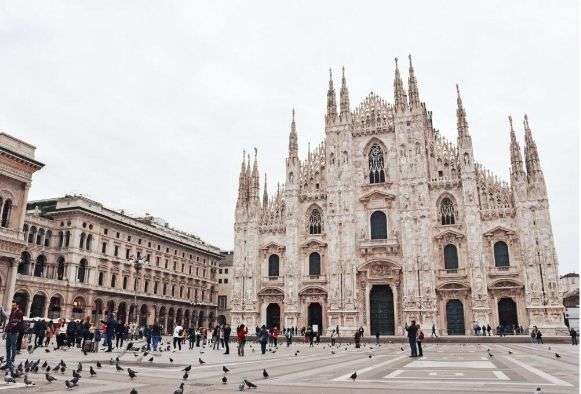
Milan, Italy’s fashion and design capital, is a modern metropolis with a rich cultural heritage. Visit the iconic Cathedral of Milan (Duomo di Milano), explore the historic Sforza Castle, and indulge in world-class shopping at the Galleria Vittorio Emanuele II. Milan seamlessly combines tradition with contemporary style.
Naples – Gateway to Southern Italy:
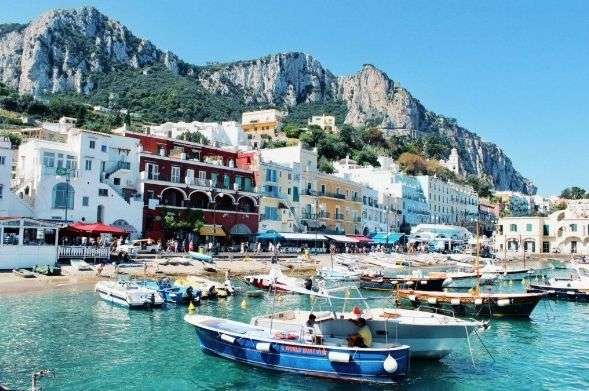
Naples, located in the shadow of Mount Vesuvius, is a city of contrasts. Explore the historic center, a UNESCO World Heritage site, sample authentic Neapolitan pizza, and visit the National Archaeological Museum. Naples serves as a gateway to the Amalfi Coast, Pompeii, and the stunning islands of Capri and Ischia.
Bologna – Gastronomic Delight:
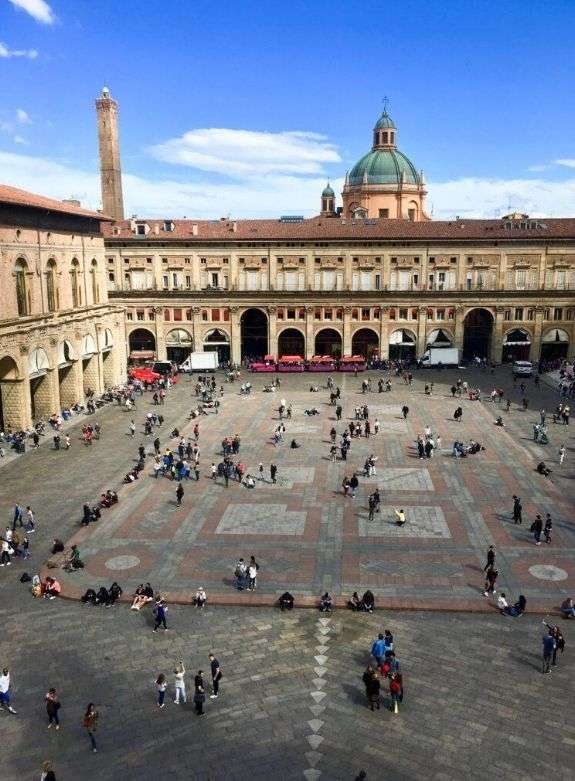
Known for its rich cuisine, Bologna boasts medieval architecture, such as the Two Towers and Piazza Maggiore. Indulge in local delicacies like handmade pasta, tortellini, and the famous Bolognese sauce.
Verona – City of Romance:
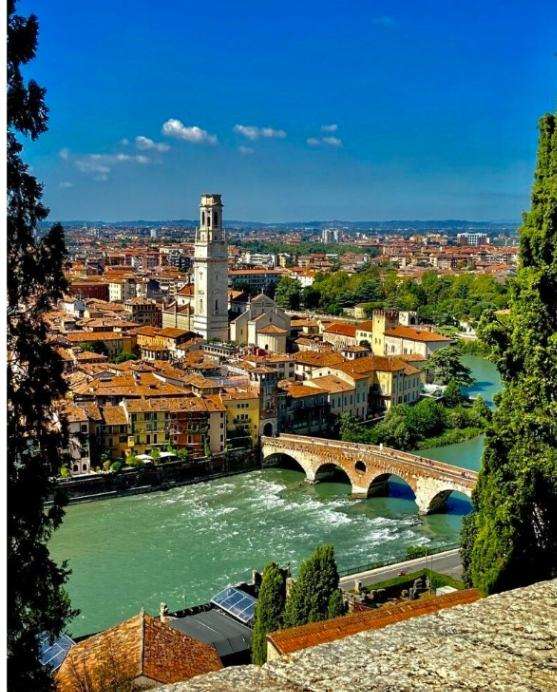
Verona, nestled in the Veneto region, is often referred to as the City of Love. Famous for being the setting of Shakespeare’s “Romeo and Juliet,” Verona offers a romantic atmosphere with its well-preserved medieval architecture. Explore Juliet’s House, wander through the charming Piazza delle Erbe, and soak in the romantic ambiance under the iconic Lamberti Tower.
Turin – Royal Elegance:
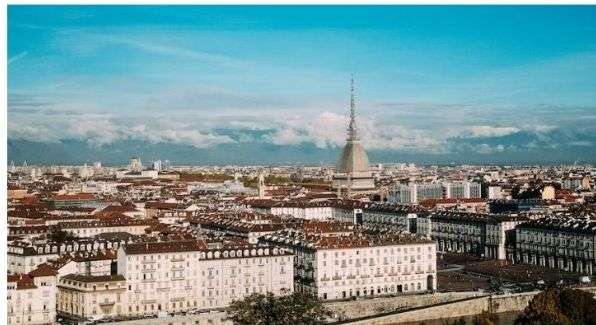
Turin, the capital of Piedmont, boasts regal elegance with its grand squares and palaces. Marvel at the Royal Palace of Turin, explore the renowned Egyptian Museum, and take a stroll along the elegant arcades of Via Po. The city’s rich history, coupled with its culinary delights, makes it a hidden gem for those seeking a more refined Italian experience.
Siena – Timeless Beauty:
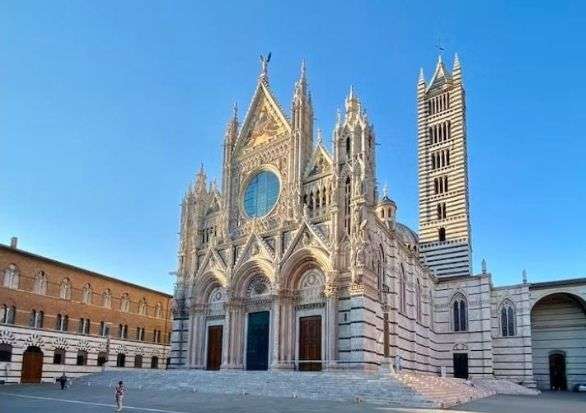
Nestled in the heart of Tuscany, Siena is a city frozen in time. The historic center, a UNESCO World Heritage site, is known for its medieval streets, the stunning Siena Cathedral, and the unique shell-shaped Piazza del Campo. The Palio, a historic horse race held twice a year, adds an extra layer of excitement to this timeless city.
Palermo – Sicilian Splendor:
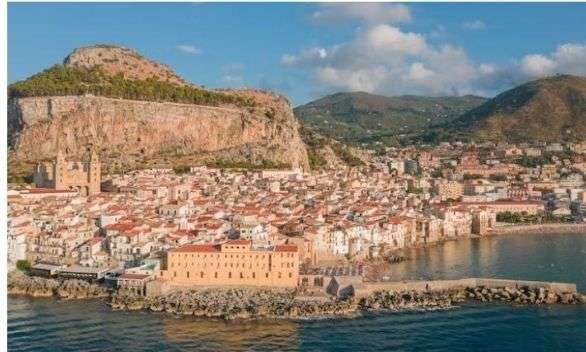
Palermo, the capital of Sicily, is a vibrant city that reflects the island’s diverse cultural influences. Explore the Norman Palace, visit the bustling markets like Ballarò and Vucciria, and savor authentic Sicilian street food. The city’s Arab-Norman architecture and lively atmosphere make Palermo a captivating destination.
Genoa – Maritime Marvel:
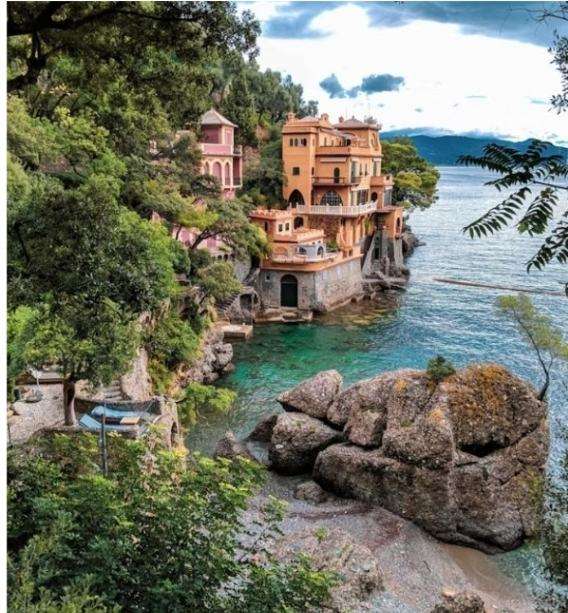
Genoa, a port city on the Italian Riviera, is a maritime marvel with a rich maritime history. Explore the UNESCO-listed Strade Nuove, visit the impressive Aquarium of Genoa, and wander through the historic Old Port. Genoa’s vibrant neighborhoods, like Boccadasse, offer a charming seaside escape.
Perugia – Cultural Gem of Umbria:
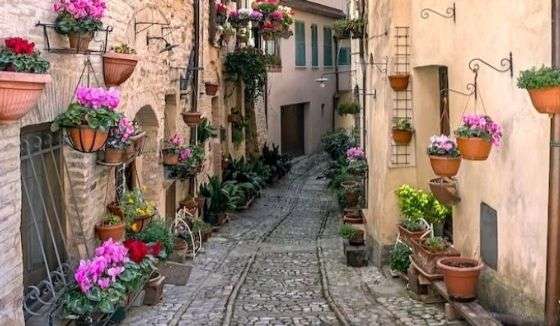
Perugia, the capital of the Umbria region, is a cultural gem surrounded by lush landscapes. Visit the Palazzo dei Priori, explore the underground Rocca Paolina, and indulge in the world-famous Perugina chocolates. The city’s medieval charm, combined with its cultural events, makes Perugia a delightful destination.
Lucca – Tuscany’s Hidden Gem:
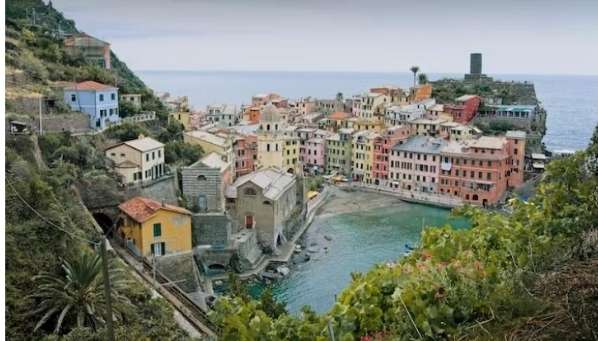
Tucked away in Tuscany, Lucca is a hidden gem surrounded by well-preserved Renaissance walls. The city’s charming cobblestone streets, medieval towers, and the oval-shaped Piazza dell’Anfiteatro create a picturesque setting. Rent a bicycle to explore the city’s unique charm and take a leisurely ride along the tree-lined walls.
Ravenna – Mosaic Masterpiece:
Ravenna, located in the Emilia-Romagna region, is a city renowned for its Byzantine mosaics. The UNESCO-listed Basilica di San Vitale and the Mausoleum of Galla Placidia are masterpieces that showcase the city’s rich artistic heritage. Ravenna’s quiet elegance and historical significance make it a must-visit for art and history enthusiasts.
Bari – Gateway to the Adriatic:
Bari, a port city on the Adriatic Sea, serves as the gateway to the Apulia region. Explore the historic Old Town (Bari Vecchia), visit the Basilica di San Nicola, and savor fresh seafood at the bustling fish market. Bari offers a taste of authentic southern Italian life and serves as an excellent starting point for exploring the enchanting coastal towns of Puglia.
Parma – Culinary Capital:
Parma, situated in the Emilia-Romagna region, is a haven for food lovers. Indulge in the city’s culinary delights, including Parmesan cheese, prosciutto, and balsamic vinegar. Visit the magnificent Parma Cathedral, the Baptistery, and the Farnese Theatre. Parma’s rich cultural heritage and gastronomic offerings make it a delightful stop for those seeking a taste of Italy’s finest flavors.
Arezzo – Artistic Enclave:
Nestled in the heart of Tuscany, Arezzo is an artistic enclave with a rich medieval history. Explore the Piazza Grande, home to the Vasari Loggia, and admire the renowned Piero della Francesca frescoes in the Basilica of San Francesco. Arezzo’s vibrant art scene, coupled with its welcoming atmosphere, makes it a charming destination off the beaten path.
Cagliari – Sardinian Charm:
Cagliari, the capital of Sardinia, offers a perfect blend of history, culture, and seaside beauty. Explore the historic Castello district, relax on the Poetto Beach, and visit the National Archaeological Museum. Cagliari’s distinct Sardinian identity and Mediterranean allure make it a captivating destination in the heart of the Mediterranean.
Traveling to Italy is a rewarding experience filled with cultural wonders, historical landmarks, and delicious cuisine. here are some
tips for best cities to visit in italy
Cultural Respect:
Italians take great pride in their culture and traditions. Show respect by adhering to local customs, such as covering your shoulders and knees when visiting religious sites. Learning a few basic Italian phrases can also go a long way in fostering positive interactions.
Dress Stylishly and Comfortably:
Italians are known for their fashion sense. While comfort is essential, consider dressing a bit more formally than you might at home. Avoid overly casual attire, especially when dining in upscale restaurants.
Explore Beyond the Tourist Hotspots:
While landmarks like the Colosseum and the Vatican are must-see attractions, don’t be afraid to venture off the beaten path. Explore local neighborhoods, markets, and hidden gems to discover the authentic charm of Italian life.
Public Transportation:
Italy has an efficient and extensive public transportation system. Trains are a great way to travel between cities, while buses and trams are convenient for exploring within cities
Cash is King:
While credit cards are widely accepted, especially in tourist areas, it’s advisable to carry some cash. Smaller establishments, markets, and local vendors may prefer cash transactions. Be sure to notify your bank of your travel dates to avoid any issues with your cards.
Meal Etiquette:
Dining is a cherished social activity in Italy. Respect local mealtime customs, such as avoiding ordering a cappuccino after breakfast and enjoying a leisurely pace during meals. Tipping is customary but is usually included in the bill.
Wine and Coffee Appreciation:
Italy is renowned for its wine and coffee culture. Try local varieties and don’t be afraid to ask for recommendations. Espresso is the norm, and ordering a latte might get you a glass of milk instead.
Museum and Attraction Tickets:
Save time and skip the lines by purchasing tickets to popular museums and attractions online in advance. Many museums also offer guided tours that provide valuable insights into the exhibits.
Learn Basic Transportation Phrases:
Familiarize yourself with basic transportation phrases, especially if you plan to use public transportation. Knowing how to ask for a train ticket, inquire about bus stops or request directions will be beneficial.
Weather Considerations:
Italy experiences diverse climates. Pack accordingly, considering the weather of the regions you plan to visit. Comfortable walking shoes are essential, especially when exploring historical sites with uneven terrain.
Be Mindful of Siesta:
Some shops and businesses may close for a few hours in the afternoon during the siesta period. Plan your activities accordingly and embrace the local rhythm of life.
Stay Hydrated and Sunscreen:
. Stay hydrated by carrying a water bottle, and don’t forget to apply sunscreen to protect yourself from the sun’s rays, especially if you’re spending time outdoors.
By keeping these tips in mind, you’ll enhance your travel experience and immerse yourself in the rich tapestry of Italian culture, history, and cuisine. Buon viaggio!
Conclusion:
Italy’s cities are a testament to the country’s diverse cultural heritage and timeless beauty. Whether you’re fascinated by ancient history, captivated by Renaissance art, or drawn to the allure of charming canals, Italy has a city to suit every taste. Each destination promises a unique blend of tradition and modernity, making Italy an unrivaled destination for travelers seeking an enriching and unforgettable experience.
Frequently Asked Questions (FAQ) About Traveling to Italy:
Q. Do I need a visa to visit Italy?
A. Most travelers from the United States, Canada, and European Union countries do not require a visa for short stays (up to 90 days). However, it’s crucial to check the specific visa requirements based on your nationality and the purpose of your visit.
Q. What are the typical expenses for a visa to Italy?
A. Visa fees vary depending on the type of visa and your nationality. As of my last knowledge update in January 2022, short-stay Schengen visas generally cost around 80 euros for adults and 40 euros for children aged 6-12. Check with the Italian embassy or consulate for the most up-to-date information.
Q. Which city in Italy is the best for a family-friendly stay?
A, Florence and Rome are often considered family-friendly cities with numerous attractions for children, such as interactive museums and parks. Florence’s compact size makes it easy to explore with kids, while Rome offers a blend of history and family-friendly activities.
Q. How is the food safety in Italy?
A. Italy has high standards of food safety, and the majority of restaurants adhere to strict hygiene regulations. It’s generally safe to enjoy local cuisine, street food, and dining experiences. Tap water is safe to drink in most cities.
Q. What is the primary language spoken in Italy?
A, The official language is Italian. English is widely spoken in tourist areas and larger cities, but learning a few basic Italian phrases can enhance your experience, especially in more local or rural areas.
Q. What is the currency used in Italy?
A. The official currency is the Euro (EUR). ATMs are widely available, and credit cards are commonly accepted in urban and tourist areas.
Q. What makes Italian cuisine unique?
A. Each region has its specialties, from pasta dishes in the north to seafood along the coast. Pizza, pasta, gelato, and espresso are iconic Italian culinary delights.
Q. Is Italy safe for tourists?
A. Italy is generally considered safe for tourists. Exercise common safety precautions, such as being aware of your surroundings and safeguarding personal belongings, especially in crowded areas. Italy has a well-developed healthcare system for emergencies.
Q. Are there unique cultural experiences in Italy?
A. Italy offers a plethora of unique cultural experiences, from participating in local festivals to exploring historic vineyards. Each city has its distinct character, with Venice’s romantic canals, Florence’s art treasures, and Naples’ vibrant street life.
Q. Which city offers the best cultural and historical experience?
A. Rome, often referred to as the “Eternal City,” is renowned for its rich history and cultural heritage. With iconic landmarks like the Colosseum, Roman Forum, and Vatican City, it provides an immersive historical experience.
Remember to check for any travel advisories or updates before planning your trip, and enjoy your adventure in the enchanting country of Italy!
I’m originally from Manchester (England) but I currently live in New York. I started this travel blog all the way back in 2009 to provide travel advice that wasn’t available in the guidebooks.
Since then I’ve traveled to over 60 countries, a lot of the time, solo. My site is filled with destination guides, things to do, epic itineraries and money-saving travel tips. I hope I can inspire you to see the world!

